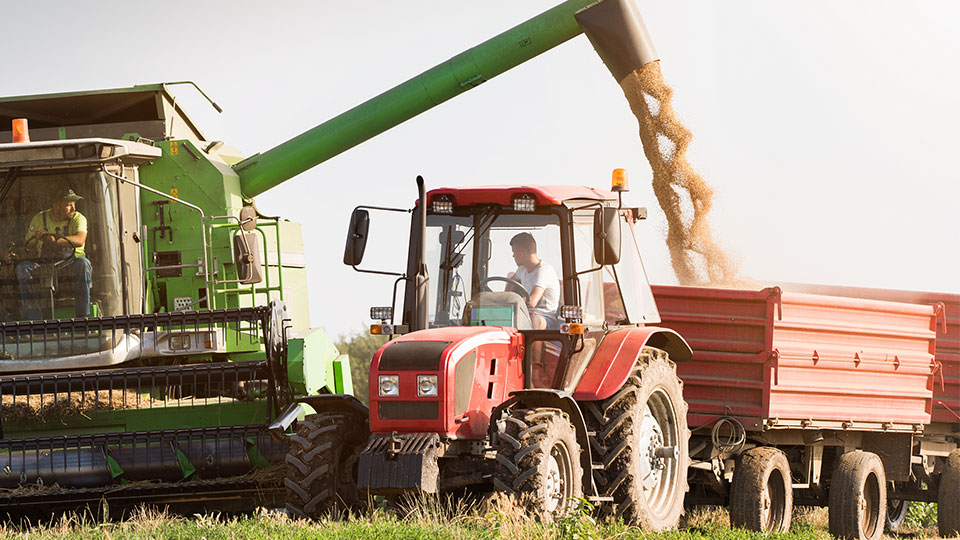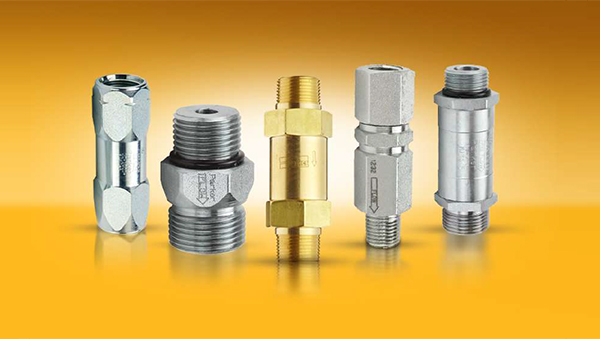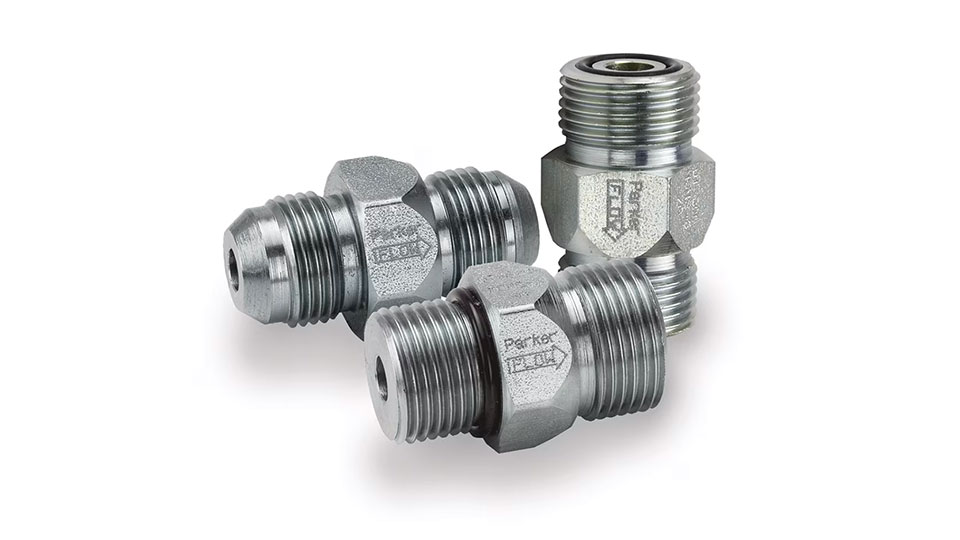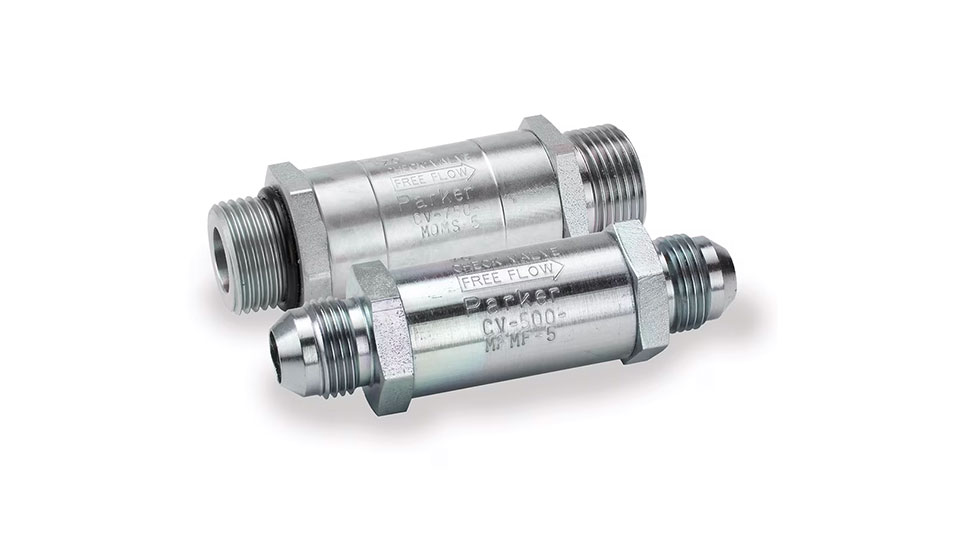
Parker Check Valves
Parker check valves are always on duty, protecting your vital equipment. By only allowing fluid to flow in one direction, our check valves prevent damaging backflow as well as ensuring that proper pressure is maintained. Both of which are critical to proper function and efficiency.
Whether it’s a fuel or hydraulic system, Parker has just the right check valve to fit nearly any specification. We have the industry’s broadest selection, including a wide variety of metals such as aluminum, brass and carbon steel construction. Our check valves feature economical metal seating or zero-leak seating with elastomer seals, ensuring reliable performance and leak resistance.
No matter the application, Parker check valves ensure your hydraulic system operates safely and efficiently.
With Parker, your search for the perfect check valve ends here. If we don’t have it, it simply doesn’t exist.
Trust in our comprehensive range to meet your every requirement, ensuring your systems operate smoothly and efficiently.
What is a Check Valve?
A fitting which incorporates a valve that controls flow in a single direction.
Check valves are unseen and undervalued. These valves are found in just about every mobile and industrial hydraulic system on the planet. Simply put, if there’s a pump, most likely you will find a check valve.
Check valves keep the fluids flowing in the desired direction to prevent damaging flow or pressure in the reverse direction. They can also be used in applications to maintain a system pressure for optimum system readiness and performance.
Surprisingly, for a valve that performs such a critical function, a check valve incorporates very few components—the body, poppet, spring and retainer.

Check Valve Definitions
- Cracking Pressure: Pressure at which the poppet opens allowing flow through the check valve.
- Pressure Drop: The internal components of a check valve restrict the flow and create a pressure drop across it.
- Orifice: This is a precise hole drilled in the poppet allowing for limited flow (sometimes referred to as a standby flow) in the closed position.
- Internal Leakage: The acceptable amount of fluid that passes across the check valve in the closed condition.
Parker's check valves are available in various sizes, pressure ratings, flow capacities, and crack pressures to meet the requirements of most hydraulic system applications.
DT Series Check Valves
This series cover the widest variety of applications out there. These hard seat check valves are offered in sizes from ¼" to 1-1/4" with the added benefit and convenience of compact design. Select sizes are also available in 45°, 90°, and tee shape fittings, which can help optimize system design by reducing labor and leak points. If you are unsure where to start looking for check valves, the DT Series is a great first option.
CV Series Check Valves
A hard seat check valve option for your application. Built using a rugged, two-piece modular design, CV Series results in less pressure drop for increased performance in critical applications.
CPIFF Series Check Valves
A soft seat check valve option for your application. The CPIFF valve’s poppet is streamlined with minimum restriction of flow in one direction. Flow is blocked in the reverse direction as the soft seat creates a leak free seal in the closed position.
Parker provides the industry's widest selection of check valves, available in a variety of end connections. Our valves are used in a diverse range of applications, from air and fuel systems to load holding. Our check valves utilize a variety of media including oil, air, and water and are made from materials such as aluminum, stainless steel, brass, and carbon steel.
© Parker Hannifin Corporation






